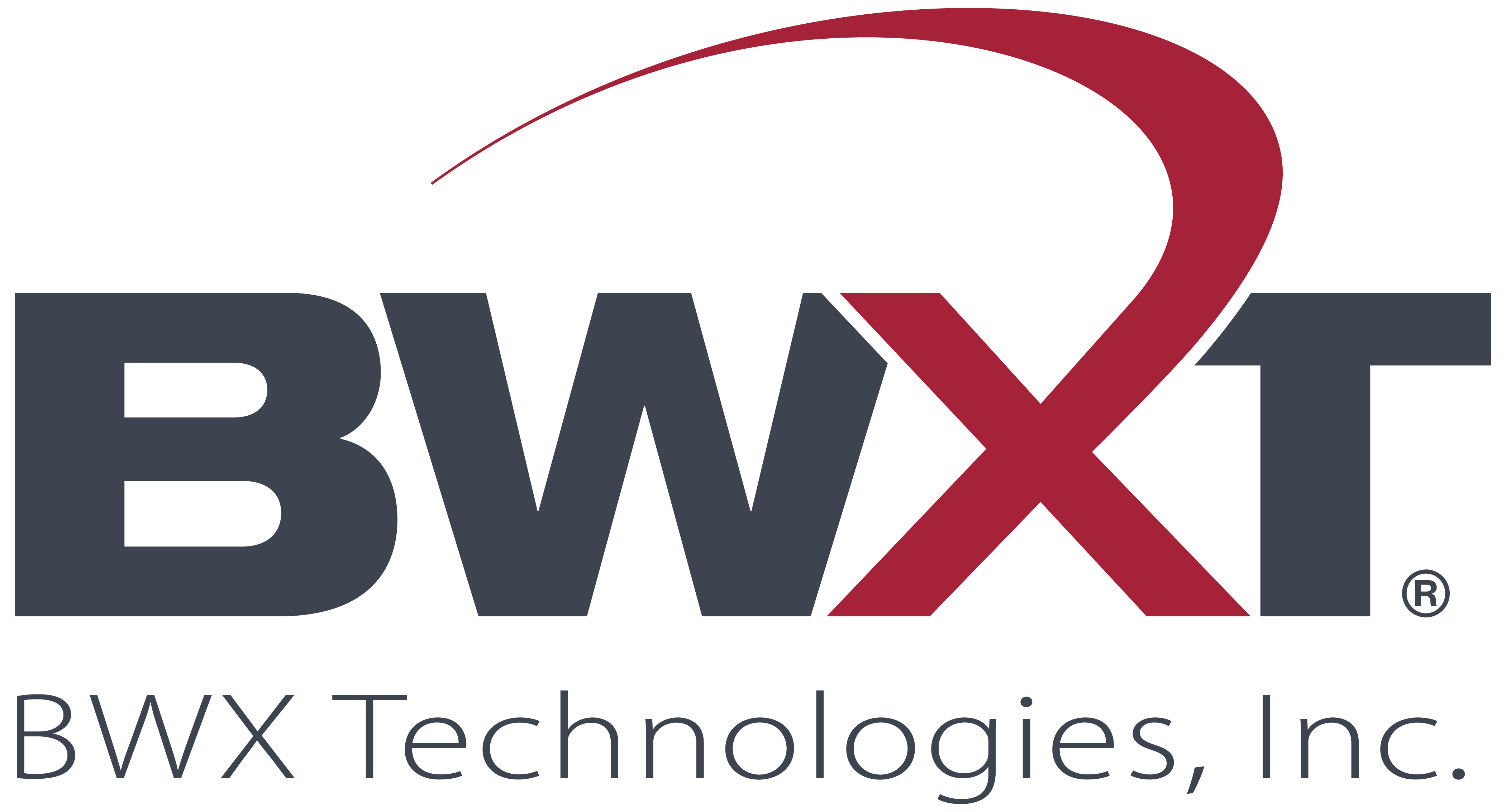Over the past two decades, BWX Technologies, Inc. (BWXT) has deployed equipment and services for tube sheet and tube support cleaning. In total, we’ve performed 70 individual deployments in 380 Steam Generators.
BWXT currently designs and builds customized lancing systems to meet the needs of nuclear steam generators worldwide. Our sludge lancing systems have been designed to meet some of the most challenging environments in the industry.
These challenges include:
- Limited access on the outside of the vessel at the handhole location (e.g., as little as twenty-four inches of free space surrounding the handhole)
- A limited number of accessible handholes along the No-Tube-Lane (NTL), out-of-position handholes relative to the NTL, resulting in even smaller design criteria
- Non-concentric handholes on the shell and shroud, narrow NTLs, obstructions (such as blowdown lines and acorn nuts) within the NTL at the handhole elevation
- Tight inter-tube lane widths
- Tenacious deposit accumulations
In an environment of tri-pitch, closely-packed, ½ inch tubes, and while dealing with the presence of up to 30-inch, hard sludge piles, BWXT performs the most challenging sludge lancing in the industry. These systems include high-pressure (approximately 10,000 psi) inter-lane systems designed for lanes as narrow as 0.142 inches and lower pressure systems (approximately 3000 psi) designed for typical NTL or annulus lancing.
Our systems have been developed with safety, foreign material exclusion, and quality as our priorities. Our sludge lancing systems are robust enough to handle the wide range of sludge deposits that can be found throughout the industry.

The BWXT sludge lancing system consists of:
- Adaptor flanges, which ensure the SG-machined handhole faces and threads are protected during the sludge lancing equipment’s setup and operation
- Drive units, which are mounted on the external surface of the SG and provide rotation motion to the NTL rail as well as linear indexing motion to the lance
- An NTL rail, which is inserted along the NTL pivoting between the handholes, providing a delivery system for the lance while resisting the forces exerted by the lance jets (up to 10,000 psi for an inter-lane system)
- Inter-Lance systems delivered along the NTL rail, which extend into the tube bundle through the tube lanes in order to position focused, high-pressure water jets directly on to deposits in the tube bundle
- Intertube High-Pressure Flushing Waterlances, which are introduced to remove loose scale from tube surfaces while also removing newly-formed soft sludge from the Hot and Cold legs as well as from the tube bundle shadow regions
- An NTL flushing lance, which is inserted in the NTL flushing rail and provides a sweeping motion to the flushing jets from the NTL, pushing the sludge out of inter-tube regions and into the annulus
- An Annulus flushing lance, which is mounted in the SG at the handhole interface of the NTL and periodically provides a flow of water in the annulus, pushing the suction foot for removal
- Suction feet, which are inserted from the handholes into the annulus to remove the sludge suspension from the SG via diaphragm pumps
- A process system, which is housed in the remote trailer to filter and recirculate water for the sludge lancing process
- A control system, housed in the remote trailer, which allows the operator to monitor and control both the vessel tooling and the process system

